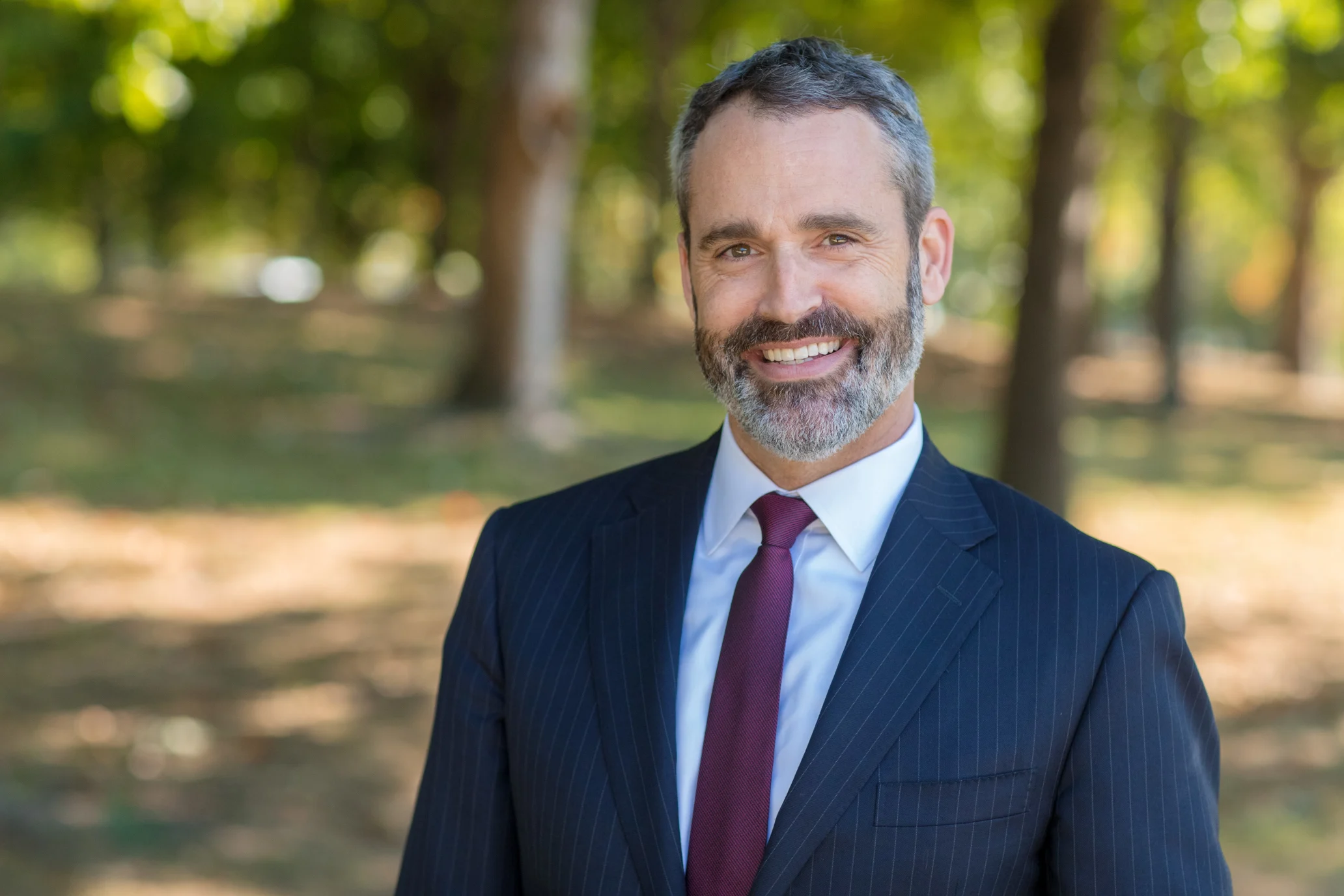Making the case for conservation
I have long touted the opportunities and challenges of a national goal to protect 30% of the nation’s land base by 2030. Such a goal creates opportunities for our community because land trusts are critical to it becoming a reality.

Accordingly, the goal provides us with a prominent platform from which we can advocate for additional resources to increase the pace of all the kinds of work we do in all geographies. It also creates challenges, however, because it is audacious, subject to interpretation, and surrounded by misinformation — all of which fuel critics and detractors.
There are, in fact, vocal opponents of 30x30. In expressing their opposition, they often attack land conservation writ large, and the tools used by land trusts, particularly conservation easements. As state legislative attacks on conservation demonstrates, land trusts often find themselves having to defend and make the case for private land conservation.
Here at the Alliance, we know the value of land trusts’ work — work that is voluntary, local, community-driven, nonpartisan, charitable and enduring. But perhaps the most powerful rationale for conservation is the land itself and all that it provides: pure drinking water, healthy food, clean air, carbon sequestration, habitat for wildlife, and places for people to reflect, recreate, hunt and fish.
There are no surprises in this articulation. In fact, you will find much of it echoed in the principles set forth in the Biden administration’s “Conserving and Restoring America the Beautiful” report. But together these arguments express in a powerful way why private land conservation facilitated by land trusts should be embraced by people all along the political spectrum and not become another lightning rod in today’s culture wars.
Let’s all work together to spread the word about how land conservation is something everyone can rally around — and to build social cohesion among a deeply splintered American populace.